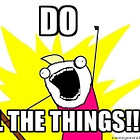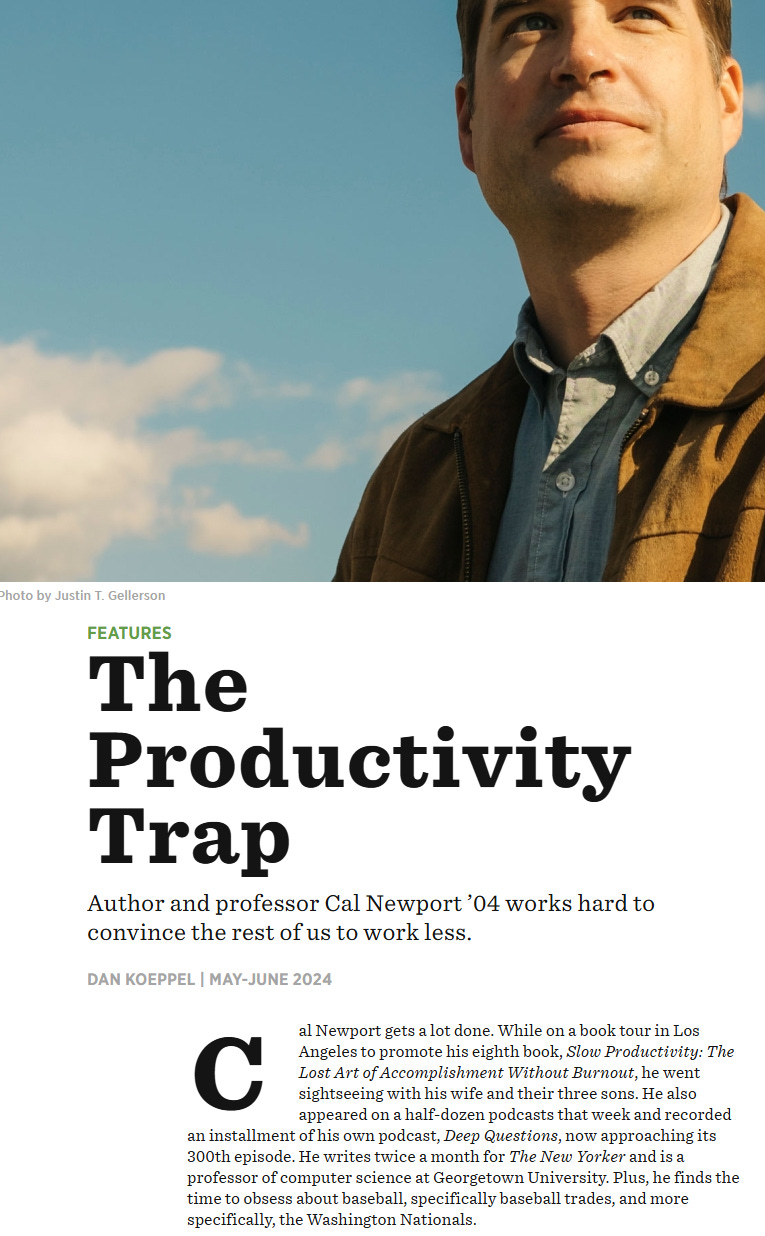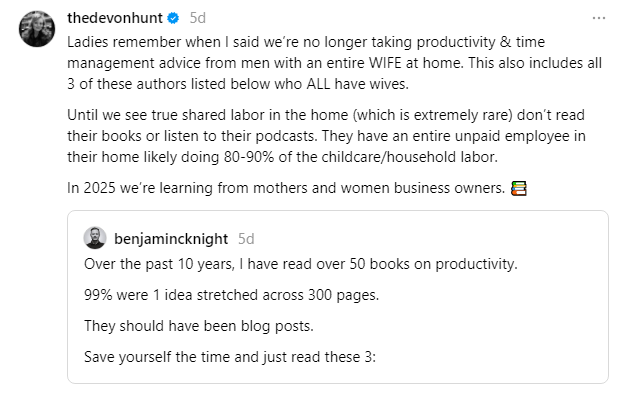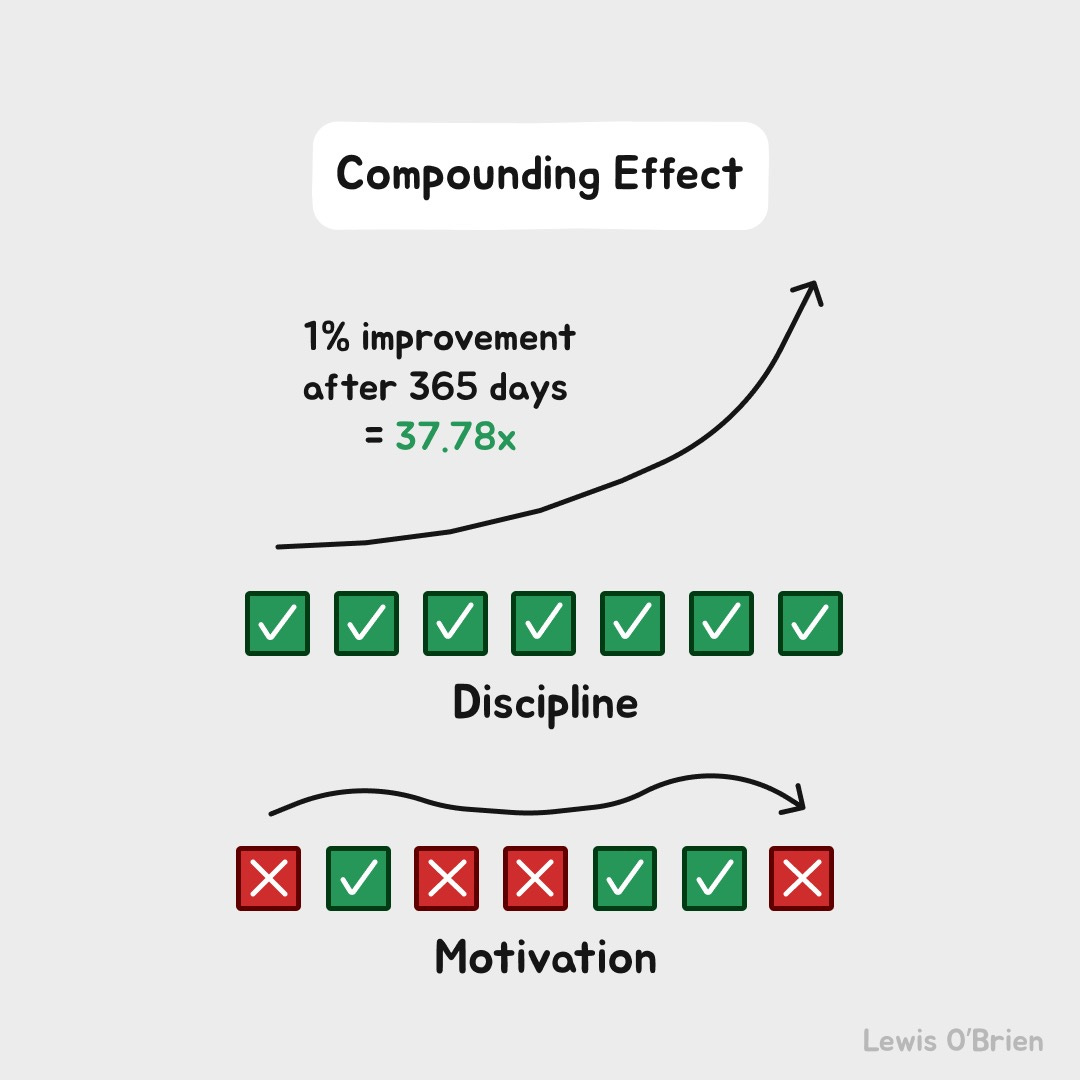Part II - 10 Strategies for How I Read 49 Books, Wrote 144 Articles, Ran a Research Lab, and Raised 3 Daughters Last Year
10 Strategies for You to Steal, Modify, and Adopt for Greater Productivity + Fun
NOTE: I’m not here to please a publisher, editor, or anyone else. That means no self-censoring, no sugarcoating, no fluff, no bullshit. Your mileage may vary. To find what works, steal what you like, tweak it, make it your own. If something clicks, let me know in the comments or the premium chat room by subscribing:
What follows builds on Part I, where I shared a glimpse of the unearned biological edge that fuels my productivity and creativity.
Let’s skip the preamble. Here’s how I create consistent, enduring moments of flow (detailed here).
Strategy 1: Underappreciated Outsourcing
It seems the productivity authors and so-called thought leaders conveniently ignore this role of life partners. The mother of my daughters, Sarah, spent over 15 years as the primary caretaker. Without her, I am not an author of 3 books, do not publish 250 scientific articles, and produce a mere fraction of my writings.
Do not read productivity books until you discover who takes care of existing offspring. Pass this on to your reading groups. Ever wonder how Carl Newport, the author of Deep Work: Rules for Focused Success in a Distracted World gets shit done?
Read sentence number two. Yeah, her! Ever wonder how Neil deGrasse Tyson is everywhere, doing everything? Guess who is his secret of success?
Choose your favorite public intellectual.
Guess what happened to Gladwell in 2022? He had a child. His life may not have changed. Now here’s a tough question - whose life do you think did change?
I adore 93.7% of James Clear’s work. I never heard of Kristy Barn until now. Weird, right? My hunch is that if I read Atomic Habits again, it would hit differently.
Let’s talk about strategy number one—the big kahuna: being fortunate enough to outsource major responsibilities. If Sarah Kashdan didn’t exist, you wouldn’t be asking how I find time to regularly enter flow states.
Please, I’m begging you, spread the word: it’s incredible how much you can accomplish when you’re not the one managing three kids and an entire household…When your day isn’t derailed because the dog decides the reading chair is a great place to take a shit and you’re not scrambling to retrieve a phone dropped in the toilet.
In solidarity, hear from women in the comment section to the post below - here.
Strategy 2: Pedal and Think
Under my desk sits an elliptical machine. While my legs are pulled through automated cycles (I don’t push, it drags me through loops), my mind stays task focused. Writing. Reading. Thinking.
There’s something magical about pairing physical activity with mental work—it’s like fueling a car while driving it. On the remote control, I can set a timer for 15-30 minutes. This lets me break projects into manageable chunks, building momentum. Plus, when my timer dings, it feels like a fist bump from the universe reminding me to stand tall, break, and consolidate.
This is what I use - here.
Strategy 3: The Sound of Silence
A white noise machine might be the most underrated productivity hack. It blankets my environment with a steady hum that drowns out daily chaos — no barking dogs, no doorbell interruptions, no kids shouting, “Where’s my charger?” (Which returns us to Strategy 1.)
The result? A calm mental cocoon where I can focus without disruption. Think of it as noise-canceling headphones for your entire workspace. It’s simple, effective, and shockingly transformative for staying on task. This is what I use - here.
Strategy 4: Sneaky Learning
I don’t wait for inspiration or the perfect moment to learn—I bake information gathering into routines. After my daughters fall asleep, I dive into reading articles or books. I aim for 30 pages per day.
When I’m eating, on my phone, I pull up studies or jot notes about topics under development. I use a phone stand, which has a gap to attach a charging cable - here.
These pockets of time, often overlooked, are golden opportunities for incubating, hunting and gathering information, or building half-baked paragraphs. Think of it as multitasking with intention: you’re feeding body and mind simultaneously.
Strategy 5: Strolls
Nearly every day I send texts to self-selected friends with one word, “Stroll?” I stroll outside with friends on 3-5 mile loops to trade questions, stories, and share what we’re grappling with or triumphing at.
This is a major shift in my social life. Rarely do I meet people at bars. No alcohol. No screens. Just fresh air, camaraderie, and a smooth walking pace - with an occasional stop when one of us says something sufficiently engrossing to require eye contact.
It’s incredible how the simple act of moving unlocks creative thinking (similar to Strategy 2). Problems untangle themselves. New perspectives emerge.
Bonus: you’re stacking health habits with social relationship enhancements and mental breakthroughs. If you haven’t tried this yet, you’re missing out on a well-being conglomerate.
Strategy 6: Chimney Sweep Mornings
My mornings are sacred. This time period is when my mental editor takes a vacation, leaving my mind open. It’s like the ocean—vast, free, and unfiltered.
On weekdays, I drive my youngest daughter to school. Our conversations are light—small talk about life or interesting world events—but after I drop her off, I let silence take over. No podcasts. No music. Just the hum of the engine and my thoughts roaming. I ask myself: Am I ready to enter a writing session, to “chimney sweep” the clutter of my mind, or a solid physical workout? The answer reveals itself in these quiet moments.
The trick? Listening to what my mind wants to do, not what it thinks it should do.
Bonus: I used to cram drives with podcasts or audiobooks, feeling like I was being "productive" by constantly absorbing. I did the same during workouts. It took me years to realize that this was an impulse rooted in extrinsic goals—more content, more information. But, in truth, it was just noise. Now, I welcome stillness. After a quiet drive, I often walk straight into a writing project, fully energized. Funny thing? I can’t remember ever feeling vitality after a podcast binge.
Strategy 7: Hydration Nation
I avoid soda, coffee, and anything that leads to drinking calories. Instead, I chug water. When you cut out the artificial buzzes and crashes, you start to feel what your body is suggesting.
Get to know your body better. Rely on fewer chemicals and it become easier to enter flow states. Do not mistake chemically induced surges with flow. They are different beasts.
Strategy 9: Power Naps
Most days, there comes a drop in productivity. Rather than fighting it, I intervene. I’ve found that a 21-minute nap is a wise intervention —just long enough to hit the refresh button without falling into dreaded grogginess.
Once I wake up, I don’t linger in the fog. I dive into a 5-15 minute functional mobility routine, giving my body and mind a warm-up. By the time I finish, I’m ready to tackle whatever’s next—whether it’s writing, thinking, researching, or socializing. It’s like flipping a switch from “meh” to “crank.”
Don’t take my word for it. Short naps have been shown to boost short-term memory, mood, and learning. Here’s a detailed look at the science [link here].
That said, it’s about the why behind the nap. According to experts [link here], naps aren’t created equal. You have five types:
Dysregulated: These naps happen when your sleep patterns are thrown off, often due to shift work or illness.
Restorative: For when you’re trying to undo the damage from poor sleep hygiene.
Emotional: Napping to manage stress or undesirable mood states.
Appetitive: Simply because you enjoy it.
Mindful: These naps are a tool to refocus, increase alertness, and recharge.
It’s the Mindful nap that offer full biopsychosocial benefits. This is what I lean into— using naps as a mental sharpener. Take this knowledge, shove it into your routine, and nap with purpose.
Strategy 10: Capture Everything
My note-taking app, Mem, is my brain’s external hard drive. Inspiration doesn’t follow a schedule, so I jot down ideas everywhere—pulling over my car to the side of the road, mid-stroll, or even in a restaurant bathroom. From (seemingly) brilliant thoughts to random observations to someone’s words I want to quote, I try not to miss anything important. I save stories, musings, and organize seemingly chaotic stimulation into folders of potentiality.
NOTE: I used to be adamant about Evernote. But those freakers quadrupled the price and I bowed out. The transition from Evernote to Mem can be difficult. Leave a comment here or in the Premium Chat Room —I’ve received killer consultation on the painful transition.
Strategy 11: Channel the Muse
Your muse might be a person, passion, or something slightly offbeat. Embrace whatever turns you on. But: don’t wait for inspiration to strike. Crank out the work regardless if they show up. Consistency is the real magic.
This image is part of an illustrated summary of Atomic Habits from the Substack Doublethink - here. Don’t forget to support its creator so he keeps making more illuminating content -
.Seek and use muses - whatever person, thing, or kink that helps without obstructing the wellbeing of others. If you are oblivious to your kinks, take
’s survey - The Ultimate Taboo Test - here. Know your dark side and you can generate more light.Please hit the ❤️ “Like” button at the top or bottom of this article if you enjoy it. Help other productivity seekers find it.
If this was helpful:
Become a Paid Subscriber - then jump into conversations in the premium chat room. I want to hear what resonates and the strategies I missed.
Todd B. Kashdan is an author of several books including The Upside of Your Dark Side (Penguin) and The Art of Insubordination: How to Dissent and Defy Effectively (Avery/Penguin) and Professor of Psychology and Leader of The Well-Being Laboratory at George Mason University.
Read Past Issues Here Including:
How Did I Read 49 Books, Write 144 Articles, Work on a Book, Run a Research Laboratory, and Raise 3 Daughters in a Year?
Several people asked ask me how I produce as much output as I do. I am going to dissect exactly what my days look like and how I work and experience regular states of flow.













Thank you Todd. This is the first productivity post written by a man where I feel truly seen and validated.
We run a busy farm, and I am the primary caregiver for our 3 boys. You've given me the grace to acknowledge that maybe it's not my failures in being productive, but the reality of life that I live.
Plus I'm keen to put your other practical tips into practice to help my non-parenting/non-lifing time find flow
Yes, yes, 11 times over, yes.
[Warning. Tangential soapbox ahead.]
Strategy 1 has been rattling around in my brain since I first read it yesterday. I adore you for highlighting it. And, while this might be slightly off-topic from the theme of the entire post, let’s take this acknowledgment and apply it to those navigating mid-life dating and their “non-negotiables.”
Based on the truth of Strategy 1, maybe it’s worth elevating non-negotiable qualities that truly matter when life gets real: someone who can scrub dog shit off the reading chair while fielding a call from the school nurse, who’s simultaneously coordinating pickups for two other kids at opposite ends of the city.
"Must be a reader." Who can argue with that? I certainly didn’t when I recently heard it. But a single mom working two jobs and putting herself through school probably isn’t picking up a book for pleasure or even interest. Credit scores, drama-free exes, and consistent workout routines are all great benchmarks. If you score high on those scales (or they’re on your list), I’m cheering you on and supporting what you value.
But what about adaptability, emotional intelligence, a sense of humor in chaos, the capacity to stay steady in storms, or the grit to show up when it’s hard? How about kindness that goes beyond convenience, integrity that isn’t conditional, or the courage to do the unglamorous work of love? These aren’t trivial—they’re essential.
I’d love to see more of these qualities taking their rightful place at the top of the list.